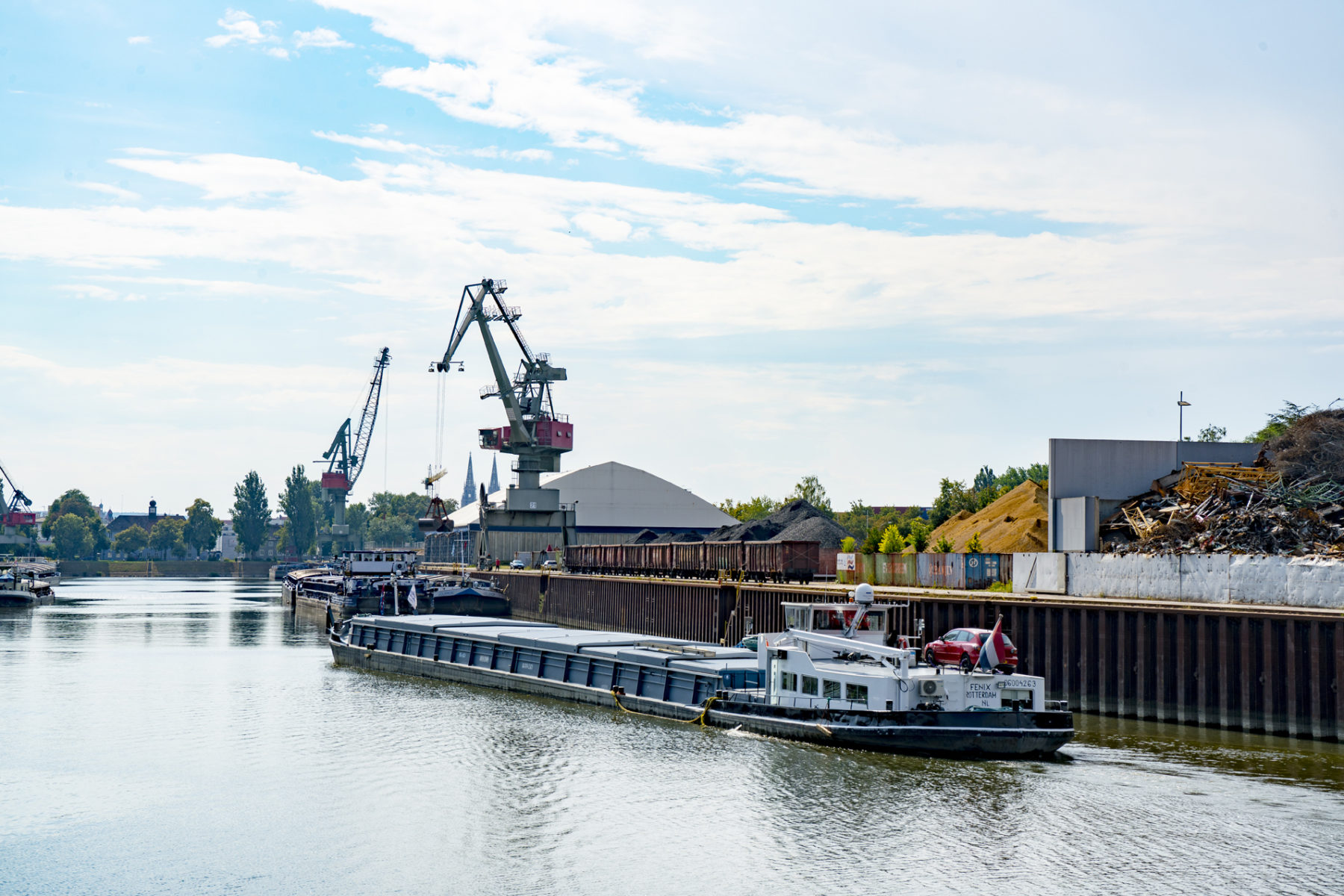
- Home
- Business directory
Company directory
More than 400 resident companies providing over 13,000 jobs make bayernhafen one of the most successful logistics networks in Europe and one of the key drivers of the Bavarian economy. On 800 hectares of port area, both well-known industry players and also small and medium-sized companies meet and exploit synergy effects through constructive cooperation. Through strategic land management we guarantee an ideal mix of industries from the transport, warehousing, logistics, service provision and production sectors.
Information and contact details for many companies operating from all of our locations can be found in our database.
Location
Branche
Nürnberg
Recycling/Entsorgung
Nürnberg
Lagerei, Umschlag
Regensburg
Recycling/Entsorgung
Aschaffenburg
Dienstleistung, Handel
Bamberg
Handel, Lagerei, Umschlag
Aschaffenburg
Produktion/Industrie
AluTechnik Junge Ideen aus Aluminium und Glas GmbH
Braunstraße 13, 63741 Aschaffenburg
Aschaffenburg
Produktion/Industrie
Bamberg
Dienstleistung
Aschaffenburg
Dienstleistung, Handel
Nürnberg
Recycling/Entsorgung
Nürnberg
Dienstleistung, Handel
Bamberg
Lagerei, Spedition, Umschlag
Nürnberg
Spedition
Bamberg
Dienstleistung, Umschlag




